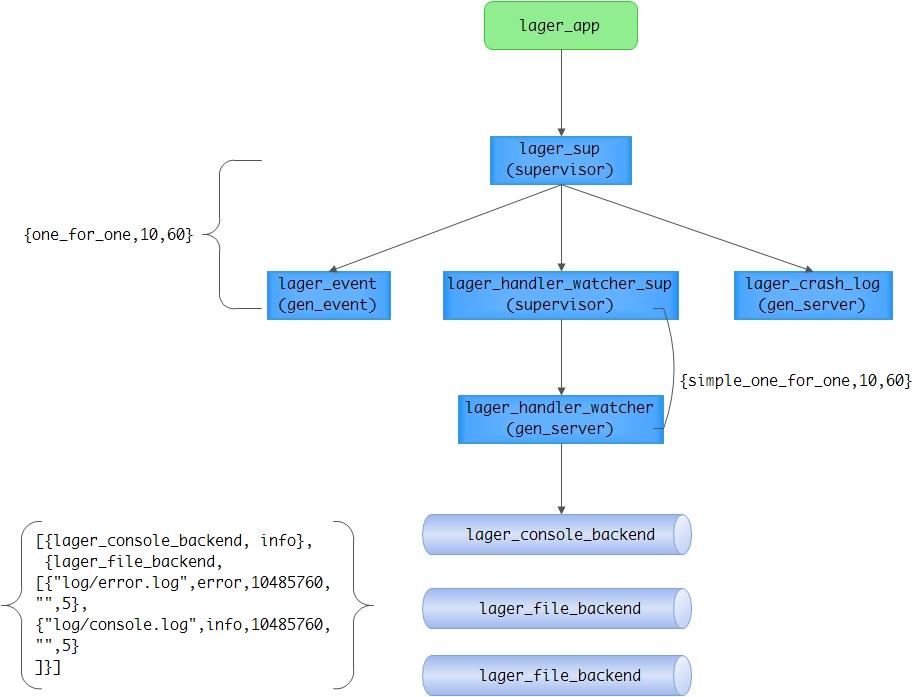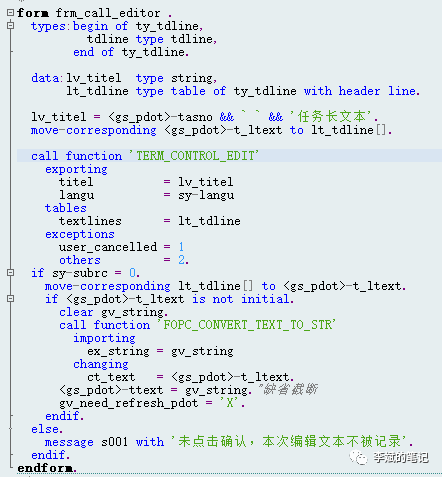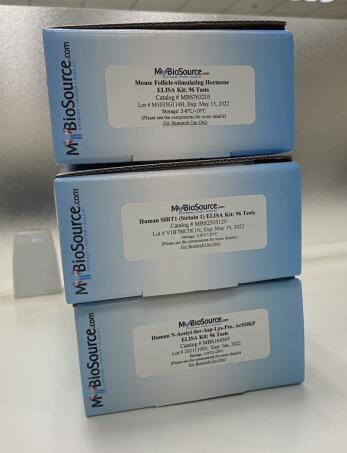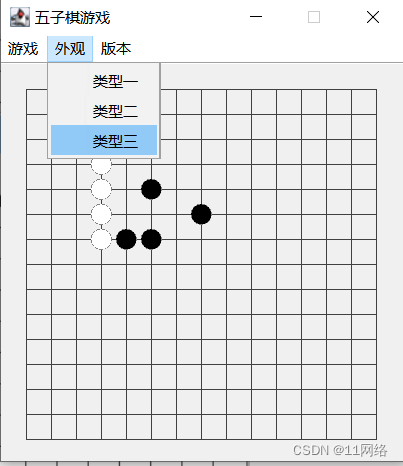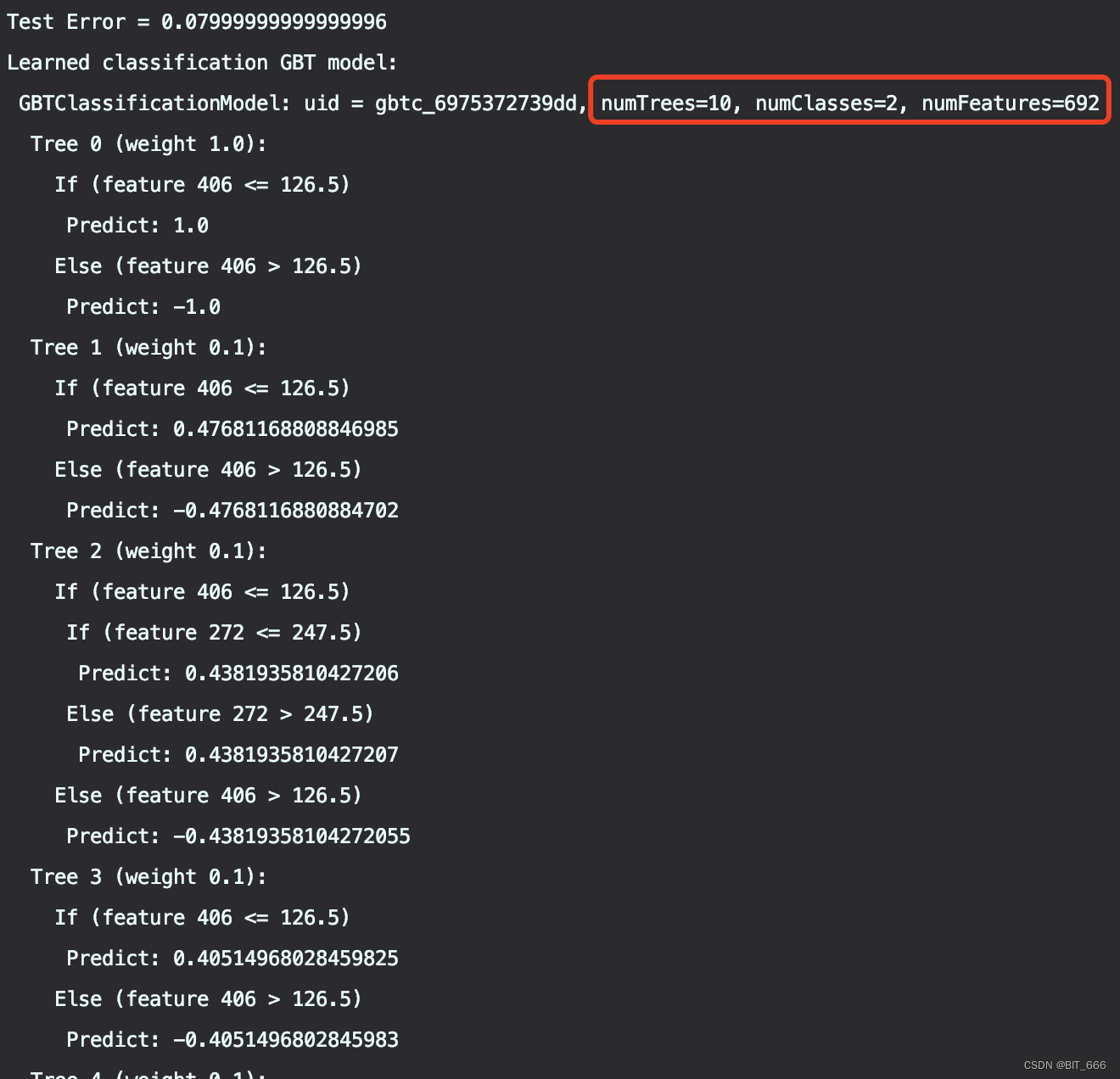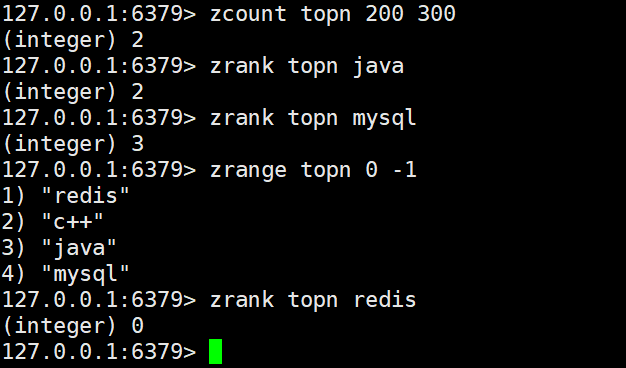文章目录
- 0.基础介绍
- 1.旋转框的中点偏移表示法
- 2.Oriented R-CNN架构
- 2.1 Oriented RPN
- 2.2 Rotated RoI Alignment
- 参考资料
欢迎访问个人网络日志🌹🌹知行空间🌹🌹
论文:Oriented R-CNN for Object Detection
代码:OBBDetection
西北工业大学的Xingxing Xie等于2021年08月提交到ICCV 2021的论文
0.基础介绍

与水平检测框不同,旋转检测框会给出对象的minAreaRect,是带角度的物体检测框。结合水平检测框的方法,旋转框检测常用的方法有以下几种。Rotated Region Proposal Network,参考Faster RCNN中提出的RPN,Rotated RPN在每个特征图上使用3种scale,3种ratio,6种angle共计54个锚框。这种方法可以提高对象检测的召回率,但是因引入过多的anchor,譬如在80x80x54的特征图上会生成345600个候选框,会导致占用过多的内存和推理时间。RoI Transformer使用RPN, RoI Alignment and regression来生成Oriented Proposals,这种方法相比Rotated RPN减少了参数量,但依然存在额外的计算量。Oriented RPN,本文提出的方法,使用本文提出的中点偏移Midpoint Offset旋转框表示法,将RPN输出Proposals的位置回归分支由4个变量改成6个变量来生成候选框,相比前两种方法,该方法使用全卷积的RPN,具有更少的运算量。
1.旋转框的中点偏移表示法

w w w和 h h h是旋转框的外接矩形框的宽高, x , y x,y x,y是旋转框的外接矩形框的中心的坐标, △ α \triangle \alpha △α和 △ β \triangle \beta △β是旋转矩形框顶点偏离中心的距离。旋转矩形框的4个顶点坐标为:

通过这种表示方式,巧妙的将角度问题表示成了距离,可以使用
L
1
L_1
L1 loss来直接回归,规避了多边形IoU计算的不可导和角度表示时的边界问题。
2.Oriented R-CNN架构

Oriented R-CNN的整体架构如上图,与Faster R-CNN中的结构基本一样,除了RPN结构位置回归分支输出的回归变量由4个
(
x
,
y
,
w
,
h
)
(x,y,w,h)
(x,y,w,h)变成了6个
(
x
,
y
,
w
,
h
,
△
α
,
△
β
)
(x,y,w,h,\triangle \alpha, \triangle \beta)
(x,y,w,h,△α,△β),输出的是Oriented Proposals。在检测头部分根据proposals做RoI Alignment时,因Oriented RPN生成的是旋转的候选框,因此做RoI Align时,需要先对RoI做旋转,因此称之为RotatedRoIAlign。
2.1 Oriented RPN
Oriented RPN中使用的仍然是水平anchor,每层特征图上共3个,宽高比分别为
1
:
2
,
1
:
1
,
2
:
1
1:2,1:1,2:1
1:2,1:1,2:1,在
{
P
2
,
P
3
,
P
4
,
P
5
,
P
6
}
\{P_2,P_3,P_4,P_5,P_6\}
{P2,P3,P4,P5,P6}上锚框anchor的面积分别为
{
3
2
2
,
6
4
2
,
12
8
2
,
25
6
2
,
12
8
2
}
\{32^2,64^2,128^2,256^2,128^2\}
{322,642,1282,2562,1282}个像素。
每个anchor使用四维向量表示:
a
=
(
a
x
,
a
y
,
a
w
,
a
h
)
a = (a_x,a_y,a_w,a_h)
a=(ax,ay,aw,ah)
其中
(
a
x
,
a
y
)
(a_x,a_y)
(ax,ay)表示锚框中心,
(
a
w
,
a
h
)
(a_w,a_h)
(aw,ah)表示锚框的宽和高。
Oriented RPN的输出是proposals相对于anchor的偏移量,
δ
=
(
δ
x
,
δ
y
,
δ
w
,
δ
h
,
δ
α
,
δ
β
)
\delta = (\delta_x, \delta_y, \delta_w, \delta_h, \delta_{\alpha},\delta_{\beta})
δ=(δx,δy,δw,δh,δα,δβ)
再通过以下公式对回归得到的偏移量解码即可得到proposals:
{
x
=
a
w
⋅
δ
x
+
a
x
,
y
=
a
h
⋅
δ
y
+
a
y
w
=
a
w
⋅
e
δ
w
,
h
=
a
h
⋅
e
δ
h
Δ
α
=
δ
α
⋅
w
,
Δ
β
=
δ
β
⋅
h
\left\{\begin{matrix} x=a_w \cdot\delta _x+a_x,& y=a_h \cdot\delta _y+a_y\\ w=a_w\cdot e^{\delta _w}, & h=a_h\cdot e^{\delta _h}\\ \Delta\alpha =\delta _\alpha \cdot w, & \Delta\beta =\delta _\beta \cdot h \end{matrix}\right.
⎩
⎨
⎧x=aw⋅δx+ax,w=aw⋅eδw,Δα=δα⋅w,y=ah⋅δy+ayh=ah⋅eδhΔβ=δβ⋅h
如旋转框的中点偏移表示法图中所示,公式中的
(
x
,
y
)
(x,y)
(x,y)表示proposal的中心,
(
w
,
h
)
(w,h)
(w,h)表示外接矩形框的宽和高,
Δ
α
\Delta\alpha
Δα和
Δ
β
\Delta\beta
Δβ表示旋转框的偏移量。
既然Oriented RPN的回归分支输出的是bounding box位置的偏移量,因此在网络的训练过程中需要先将输入对应的ground truth box和proposal完成匹配(可以多个proposal对应1个gt box),然后还需要将proposal和对应的gt box编码成偏移量的形式
t
i
∗
=
(
t
x
∗
,
t
y
∗
,
t
w
∗
,
t
h
∗
,
t
α
∗
,
t
β
∗
)
t_i^*=(t_x^*,t_y^*,t_w^*,t_h^*,t_{\alpha}^*,t_{\beta}^*)
ti∗=(tx∗,ty∗,tw∗,th∗,tα∗,tβ∗),作为回归分支的目标,编码公式为:
{ t α ∗ = Δ α g / w g , t β ∗ = Δ β g / h g t w ∗ = l o g ( w g / w a ) t h ∗ = l o g ( h g / h a ) t x ∗ = ( x g − x a ) / w a , t y ∗ = ( y g − y a ) / h a \left\{\begin{matrix} t_\alpha^*=\Delta \alpha_g/w_g, & t_\beta^*=\Delta \beta_g/h_g\\ t_w^*=log(w_g/w_a) & t_h^*=log(h_g/h_a)\\ t_x^*=(x_g-x_a)/w_a, & t_y^*=(y_g-y_a)/h_a \end{matrix}\right. ⎩ ⎨ ⎧tα∗=Δαg/wg,tw∗=log(wg/wa)tx∗=(xg−xa)/wa,tβ∗=Δβg/hgth∗=log(hg/ha)ty∗=(yg−ya)/ha
其中, ( x a , y a , w a , h a ) (x_a,y_a,w_a,h_a) (xa,ya,wa,ha)分别表示水平锚框的中心和宽高, ( x g , y g , w g , h g ) (x_g,y_g,w_g,h_g) (xg,yg,wg,hg)分别表示旋转矩形框外接矩形的中心和宽高, Δ α g \Delta \alpha_g Δαg和 Δ β g \Delta \beta_g Δβg分别表示旋转矩形框的偏移量。
在以上的介绍中,有两个地方值的注意。一个是label assignment中,是先求ground truth oriented box的外接矩形,然后计算水平anchor和外接矩形的IoU来实现标签匹配的,所以标签匹配依靠的仍然是水平检测框之间的IoU。可以参考MMROTATE中的代码实现:
# mmrotate/models/dense_heads/oriented_rpn_head.py
# line 75-81
gt_hbboxes = obb2xyxy(gt_bboxes, self.version)
assign_result = self.assigner.assign(anchors, gt_hbboxes, gt_bboxes_ignore, None if self.sampling else gt_labels)
sampling_result = self.sampler.sample(assign_result, anchors, gt_hbboxes)
另外一点是,Oriented RPN训练中使用的损失函数,分类使用的交叉熵,回归分支使用的SmoothL1Loss。
# configs/oriented_rcnn/oriented_rcnn_r50_fpn_1x_dota_le90.py
loss_cls=dict(type='CrossEntropyLoss', use_sigmoid=True, loss_weight=1.0),
loss_bbox=dict(type='SmoothL1Loss', beta=0.1111111111111111, loss_weight=1.0)
2.2 Rotated RoI Alignment
本篇文章另外一部分工作主要就在拿到proposals后对RoI的对齐池化上。
Faster R-CNN中使用的RPN和Mask R-CNN中提出的RoIAlign的介绍可以参考:(六) Region Proposal Network和(五)ROI Pooling 与 ROI Align。
而Oriented RPN给出的proposal是带角度的外接矩形,这和水平框的不太一样,要想对Oriented RoI做Alignment,需要先将Orientd RoI做一个旋转,然后就可以按照水平的常规RoI来处理了,这就是RotateRoIAlign的全部,如下图所示:

这里有一点需要注意,通过回归 Δ α \Delta \alpha Δα和 Δ β \Delta \beta Δβ得出的旋转框,很有可能是平行四边形而非矩形,因此在算得 Δ α , Δ β \Delta \alpha,\Delta \beta Δα,Δβ后,还需进行一个简单的处理,即将平行四边形的短对角线拉长到和长对角线一样长,即将旋转平行四边形变换成旋转矩形。

关于RotatedRoIAlign的实现可以参考官方仓库,
template <typename T>
void pre_calc_for_bilinear_interpolate(
const int height,
const int width,
const int pooled_height,
const int pooled_width,
const int iy_upper,
const int ix_upper,
T roi_start_h,
T roi_start_w,
T bin_size_h,
T bin_size_w,
int roi_bin_grid_h,
int roi_bin_grid_w,
T roi_center_h,
T roi_center_w,
T cos_theta,
T sin_theta,
std::vector<PreCalc<T>>& pre_calc) {
int pre_calc_index = 0;
for (int ph = 0; ph < pooled_height; ph++) {
for (int pw = 0; pw < pooled_width; pw++) {
for (int iy = 0; iy < iy_upper; iy++) {
const T yy = roi_start_h + ph * bin_size_h +
static_cast<T>(iy + .5f) * bin_size_h /
static_cast<T>(roi_bin_grid_h); // e.g., 0.5, 1.5
for (int ix = 0; ix < ix_upper; ix++) {
const T xx = roi_start_w + pw * bin_size_w +
static_cast<T>(ix + .5f) * bin_size_w /
static_cast<T>(roi_bin_grid_w);
// Rotate by theta around the center and translate
// In image space, (y, x) is the order for Right Handed System,
// and this is essentially multiplying the point by a rotation matrix
// to rotate it counterclockwise through angle theta.
T y = yy * cos_theta - xx * sin_theta + roi_center_h;
T x = yy * sin_theta + xx * cos_theta + roi_center_w;
// deal with: inverse elements are out of feature map boundary
if (y < -1.0 || y > height || x < -1.0 || x > width) {
// empty
PreCalc<T> pc;
pc.pos1 = 0;
pc.pos2 = 0;
pc.pos3 = 0;
pc.pos4 = 0;
pc.w1 = 0;
pc.w2 = 0;
pc.w3 = 0;
pc.w4 = 0;
pre_calc[pre_calc_index] = pc;
pre_calc_index += 1;
continue;
}
if (y < 0) {
y = 0;
}
if (x < 0) {
x = 0;
}
int y_low = (int)y;
int x_low = (int)x;
int y_high;
int x_high;
if (y_low >= height - 1) {
y_high = y_low = height - 1;
y = (T)y_low;
} else {
y_high = y_low + 1;
}
if (x_low >= width - 1) {
x_high = x_low = width - 1;
x = (T)x_low;
} else {
x_high = x_low + 1;
}
T ly = y - y_low;
T lx = x - x_low;
T hy = 1. - ly, hx = 1. - lx;
T w1 = hy * hx, w2 = hy * lx, w3 = ly * hx, w4 = ly * lx;
// save weights and indices
PreCalc<T> pc;
pc.pos1 = y_low * width + x_low;
pc.pos2 = y_low * width + x_high;
pc.pos3 = y_high * width + x_low;
pc.pos4 = y_high * width + x_high;
pc.w1 = w1;
pc.w2 = w2;
pc.w3 = w3;
pc.w4 = w4;
pre_calc[pre_calc_index] = pc;
pre_calc_index += 1;
}
}
}
}
}
参考资料
- 1.Oriented R-CNN for Object Detection
- 2.https://github.com/open-mmlab/mmrotate
欢迎访问个人网络日志🌹🌹知行空间🌹🌹
